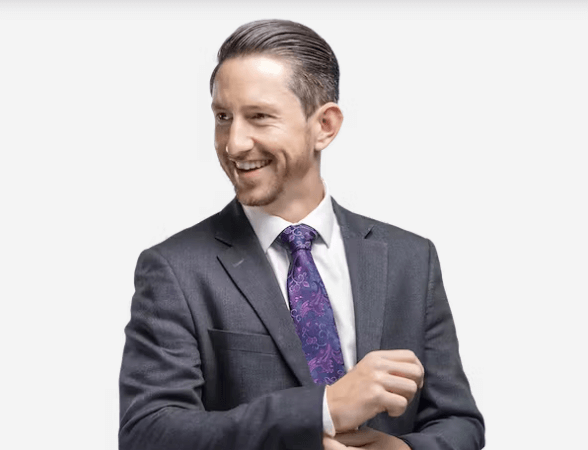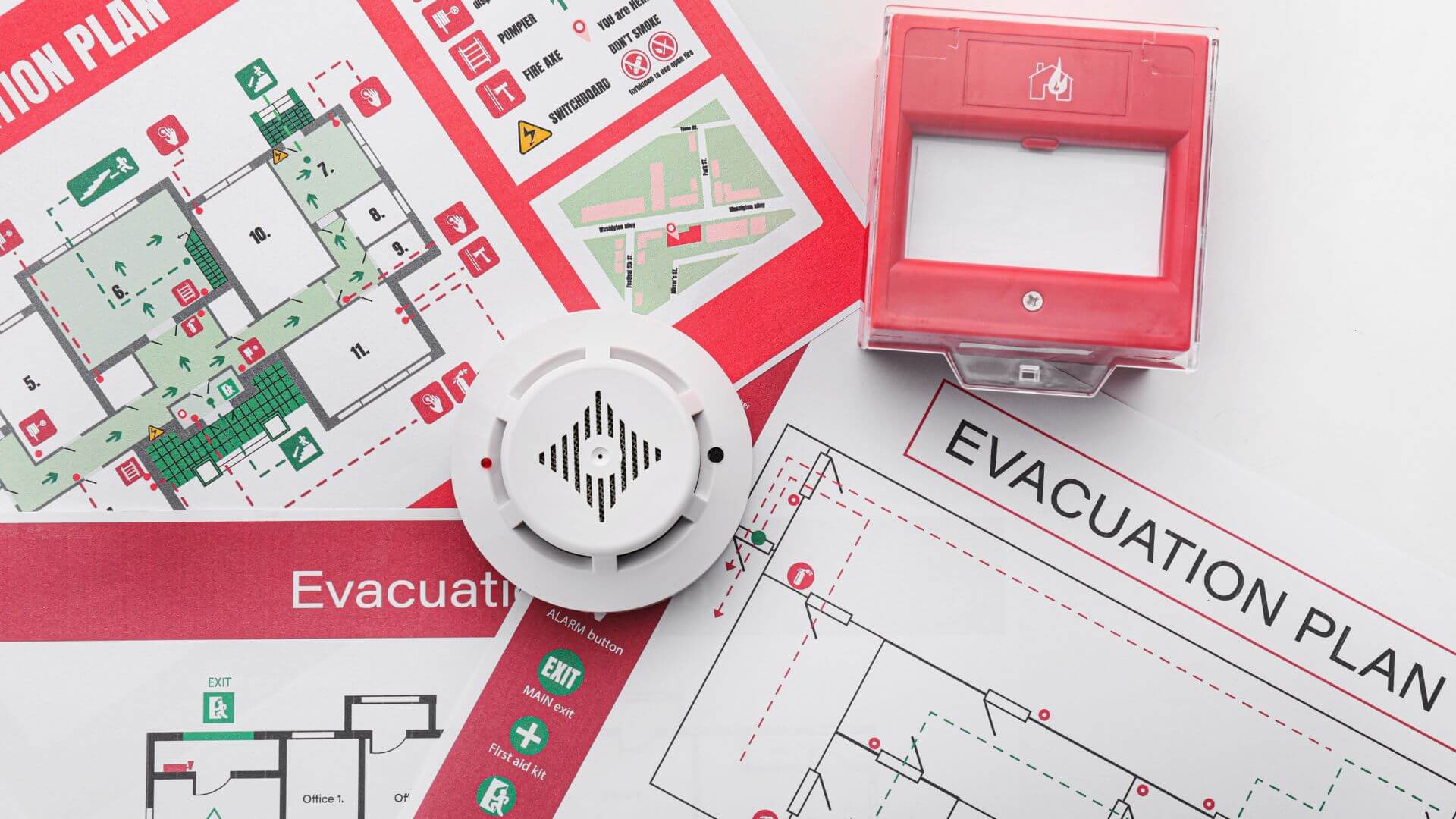Every workplace has its hazards. Some are industry-specific, but others are universal. Slips and trips can occur no matter where you work.
That’s why it’s important to monitor these hazards and take precautions to prevent them.
Slips, trips & falls
Where should I start?
Begin with a hazard spotting checklist as part of your health & safety arrangements. This shows you are taking the initiative and are pro-actively monitoring your workplace.
Use the checklist to walk through your premises, including external areas. An important part of this process is consulting with employees. If you don’t communicate directly with your staff, make sure you speak to their representatives.
What should I include in my checklist?
Some areas and control measures to consider in the checklist include:
- Outdoor areas: Check paths, steps and fire escapes for hazards. Leaves, moss, wet grass and mud are all common risk. Tackle busy routes first, particularly if there are any issues. Schedule regular clearing of these areas.
- Doorway: Check if the flooring between the entrance and entrance matting gets wet. If so, improve the grip through extending matting or exterior paving. Apply slip-resistant coatings or changing to more slip-resistant material
- Entrances: Look for rainwater and if it is slippery, especially during periods of heavy rain. There are several control measures you can put in place to reduce risk. These include canopies over entrances, improvements in external drainage, keeping doors closed and using large and absorbent entrance mats to dry shoes
- Corridors and offices: Are tiles or panels becoming loose? Are there curled edges or even holes? If so, maintenance and replacement is required.
- Stairs and ramps: Are step edges (nosings) hard to see, rounded, damaged or slippery? Check lighting is sufficient to see step edges clearly. Ensure the nosing is highly visible, square edged and non-slip.
- Work areas and work platforms: Areas such as kitchens, warehouses and storerooms. Do work processes lead to contamination of the flooring through dust or debris? If so, stop contamination from getting onto floor. Consider controls such as changing the system of work, dust extraction and fixing leaking machinery.
- Toilets, baths and shower rooms: If water is getting on the floor or there are leaking taps, fix leaks and taps. Remove water quickly and spot clean.
- Cleaning: Can people walk through areas during wet mopping or when floors are still wet? Keep people off smooth wet floors using barriers or close off areas. Wet mop out of hours.
There are many other factors to consider. The checklist itself is not exhaustive. Some areas may not be applicable to your workplace. Other relevant areas may need to be added. Feed any information from this checklist into a suitable and sufficient workplace risk assessment and any other useful tools.
Appropriate Flooring
Why is it important?
It is very important to choose appropriate flooring to prevent slips because:
- Slips are the most common cause of major injuries. This applies to employees and members of the public.
- You have a legal duty as an employer to ensure floors are of suitable construction.
- You must also ensure floors aren’t slippery and are kept free of anything (like obstructions and substances) that can cause slips.
How do I choose the best flooring?
Choose flooring that can retain its slip resistant characteristics when contaminated with liquids. This is especially useful in areas which become where spills are frequent. Such areas should be identified through your risk assessment process. For example, this could be near machinery or plant or where liquids are being handled.
Choosing appropriate flooring is a good starting point at the design and refurbishment stage. Remember other measures would also be needed. Competent installation and proper maintenance are very important. Plus, treatment is often needed to ensure continued slip resistance.
Other control measures include:
- Preventing contamination
- Managing spills
- Ensuring the slip resistance surface remains (and has not lost any of its non-slip qualities or become worn)
- Having a suitable cleaning regime and floor cleaning process
- Dealing with degradation and wear through preventive maintenance and inspections
- Choosing suitable footwear
- Floor finishes
- Effective matting systems (e.g. providing more matting during wet weather)
- Correct design and layout of workplace and work activities
- Maintenance of plant and the work environment (to prevent leaks)
- Good regular housekeeping
- Effective employee training and supervision
Expert support
Need a risk assessment completing? Need a second opinion on health & safety risks? Our expert health & safety consultants are standing by to take your call. Speak to one of the team today on 01455 858 132.
Related resources
Categories
- Business Advice
- Contracts & Documentation
- Culture & Performance
- Disciplinary & Grievances
- Dismissals & Conduct
- Employee Conduct
- Employment Law
- End of Contract
- Equality & Discrimination
- Health & Safety
- Hiring & Managing
- Leave & Absence
- Managing Health & Safety
- Moving
- Occupational Health
- Pay & Benefits
- Recruitment
- Risk & Welfare




